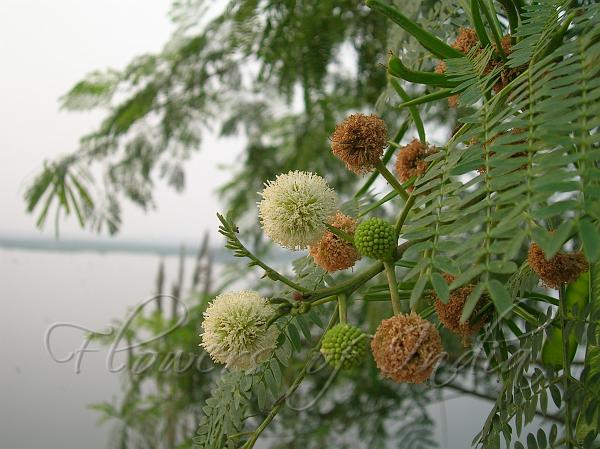The irony is as thick as the undergrowth.
Across Barbados, residents are facing the immediate, pressing burden of “de-bushing” their properties. Local authorities are stepping up enforcement, threatening fines that can run into the thousands of dollars for minor infringements, forcing ordinary citizens to tackle overgrown yards and vacant lots.
Yet, as the public scrambles to comply, the entities responsible for a far more systemic and devastating overgrowth—the invasive River Tamarind (Leucaena leucocephala)—remain completely untouched.
The Real Ecological Problem
The widespread, uncontrolled proliferation of River Tamarind across the island is no accident of nature; it is a direct, yet unacknowledged, legacy of the failed Cahill Energy project.
The controversial $240 million plasma gasification plant, ultimately abandoned due to secrecy and massive public outcry, was designed to consume municipal solid waste. But that was only half the story.
At the time, rumors persisted—and were widely believed—that the government had offered financial incentives and grants to farmers to plant the aggressive River Tamarind. This biomass crop was the unspoken Plan B fuel source. Critics suspected it was meant to supplement the island’s waste stream, or perhaps even replace it entirely, ensuring the expensive, unproven Cahill facility would never run short of feedstock. It was a strategy to avoid the politically toxic move of having to import trash to fuel the plant.
Accountability Must Start at the Top
Today, the Cahill facility is unbuilt, but the Tamarind remains. These sprawling, invasive thickets are a stark, silent reminder of a deal that promised energy independence but delivered only economic turmoil and an unintended ecological crisis.
The double standard is unacceptable. The general public is currently being policed and burdened with fines, while the individuals and entities—public or private—who championed the large-scale planting of this invasive biomass are allowed to walk away without consequence.
It’s time for the government to shift its focus from policing small residential clean-ups to developing a comprehensive, national, and funded strategy to eradicate the invasive Tamarind that threatens our native ecosystems.
Accountability must begin where the problem began: at the top, with the legacy fields planted under the deceptive guise of national energy security. Until then, the fines levied on residents for routine yard work will only serve as salt in the wound left by the Cahill catastrophe.
